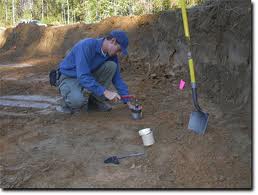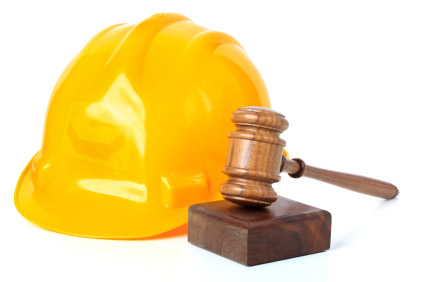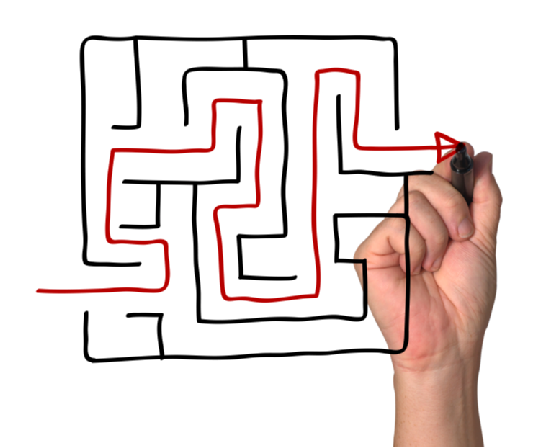Let’s start with the basics – if you don’t measure it, you can’t manage it. And if you can’t manage it, you can’t improve it! The first thing to do is to take account of your level of sub-metering at your property.
Cooling tower make-up, steam boiler make-up, closed loop hydronic heating & cooling water make-up, lawn irrigation system usage and other systems. Each one has strategies that can be applied and if it is sub-metered then you can measure, manage and make improvements.
Cooling Towers and Steam Boilers – Ensure that you are not using too much make up, which wastes water & chemicals, but on the other hand not enough blow down can create problems with fouling & scaling in the equipment. Besides metering, set up the system for controlling your blowdown and cycles of concentration by automating the blow down controls. This will also maintain closer tolerances to your control point. Manual controls often over shoot the control point and then over-compensate the other direction. Add to this meter a contact head that automatically injects chemical treatment based on make-up used. Once you get the proportions set, it usually only amounts to minimum adjustments to maintain the cycles and chemical residuals close to the control point. You don’t waste make-up water and chemical treatment and it is all automatic.
Closed loop hydronic heating & cooling systems usually don’t have blowdown requirements but the meter can be used to detect leaks or other system losses. The chemical treatment (corrosion inhibitor) can also be automatically injected via the meter contact head, a pump controlled with a relay activated by the contact head.
Another factor in cooling towers and closed loop systems is bacteria. Biocides reduce kills the bacteria but the dead will need to be removed.
Lawn Irrigation – Meter it! Set up controls to measure rain fall or ground moisture and over-ride the irrigation systems timers so you don’t water the lawn, shrubs, trees and flowers if it has rained.
Reverse Osmosis – If your facility is equipped with specialty water softeners or RO (reverse osmosis) systems, you will find that it can be interesting to meter the input and output. It is amazing how much water is used in back-flushing to operate the system. You may find other uses for this waste water for some non-potable uses – make-up water, lawn irrigation, etc.
Kitchen, Cafeteria or Swimming Pool – If you sub meter, you can cross-charge the service provider or department what they use in water. You may find that a demand management strategy will cause them to pay attention to usage and look for conservation methods in order to reduce costs. If you have a commercial dishwasher in a cafeteria and it is old, there are new models that use less water, have steam recovery and use less power.
Restrooms – There are many strategies such as water saver commodes, urinals and even water-less urinals. A simple washer in the faucet is inexpensive and easy to install. Bad flushometer valve’s and handle gaskets waste water. You can barely hear the leak, and it has to get pretty bad to even notice. Monthly audits of the fixtures can save many gallons per month, and that translates in to major savings in water. Low flow heads throughout include irrigation, shower, kitchen/bath, urinals/toilets.
Discover more from Helping NYC & Long Island Commercial Tenants, Owners, and Developers
Subscribe to get the latest posts sent to your email.





